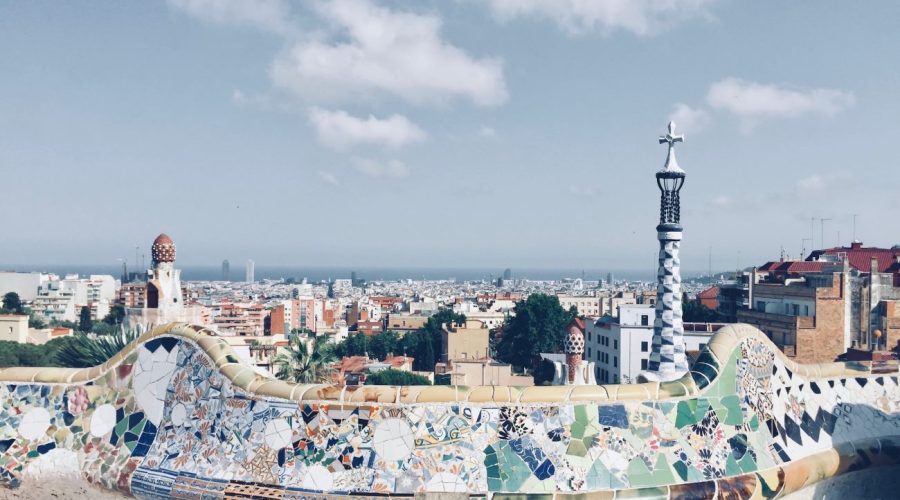How to Get from London to Paris by Car
Car travel from London to Paris is convenient and flexible compared to other means of transport and will enable the visitors to explore both cities. It is not only provides a spectacular view of the road but also an opportunity to have a break at the points of interest. Here, you will get all the necessary details for organizing a wonderful road trip from London to Paris.
1. Planning Your Route
Therefore, before going further, it is critical to develop a plan of action with regard to the proposed itinerary. These are among the following considerations:
1.1 Distance and Driving Time
It must be noted that the distance between London and Paris is roughly 344 kilometers and 214 miles in distance. The time taken to drive can depend on such factors as the type of roads to be covered, traffic and congestion as well personal choice of the route. Typically, driving distance from London to Paris should take 5-6 hours’ drive.
1.2 Route Options
Below are the main options that are available for you in order to get to Paris from London. Which of the two are most frequently chosen are:
- via Channel Tunnel: The Channel Tunnel which is also called the “Chunnel” is an underwater railway tunnel built between Folkestone, Kent in England and Coquelles near Calais in France. One of them is that it provides a straight and quick connection between London and Paris.
- by Ferry: One of them can travel by ferry which is available from a port of Dover in England to the place of Calais in France. This option can be recommended for those who want to have a short sea cruise and admire the views of the English channel.
- Here’s the list of advantages and disadvantages of each kind of hosting and they should be carefully weighed and you should opt for the kind of hosting that you would like and that meets your needs.
1.3 Toll Roads
There are road tolls on certain parts of the motorway running between London and Paris. Some of these costs include extra expenses to cover the tolls when using the roads of the related cities. Toll might also be charged along different parts of the road and this enables one to check the costs that will be incurred and also ensure that the tolls can be met either in cash or via a card.
2. Preparing Your Vehicle
Therefore, it is always advisable to check on the following systems before embarking on a journey in a car: Here is the list of guidelines to follow before preparing:
- Engine: Change the engine oil, check on the status of the car tires and brakes and have them serviced if necessary. This will make the car to be in good working condition hence be able to run throughout the journey.
- Tire: Ensure that you have a spare tire well inflated and all the essentials necessarily required when changing a betraying tire.
- Tire Check: Negotiate the surfaces of all the tires while checking the air pressure and tread depth. Also, you should ensure that the car has enough fuel before starting the journey as well.
Notably, it is essential to check if your GPS or any other navigator is in good working condition and updated. Also, it is advisable to have a map or paper print out of the directions just in case.
Automobile Essentials: Some items include first aid box, flashlights, flares, and portable phone charger.
3. Crossing the Channel
The following steps must be followed in case you decide to use the Channel Tunnel:
- Booking: It is advisable to book your Channel Tunnel journey in advance to ensure one gets the time of his/her choice. This can be done either through the internet or by contacting the company that handles the ferry.
- Reporting time: Board the Shuttle train at the Terminal to check-in which should take not be less than forty-five minutes to the scheduled time of departure. He/she should follow the check-in procedures of the ferry as directed on the website of the company providing the ferry services.
- Boarding-They should be directed to the correct boarding zone. When you arrive, the staff will lead you to boarding the train.
- Crossing: Enjoy the approximately 35-minute train journey through the tunnel. If one is not willing to alight the train, he or she may remain in the car or get out of it and have a look at other facilities offered in the train.
Upon arriving to France one should follow the signs that will lead you out of the tunnel and then proceed to Paris.
4. Driving in France
Thus, having certain knowledge of the traffic laws in France will be beneficial when driving in that country. Here are some few important things that one should always bear in mind:
- Driving Side: The general rules of road usage with regards to controlling the steering wheel are followed in France and this means that traffic drives on the right. Make sure you are satisfied with this before proceeding to the next stage.
- Speed Limits: The legal speed limits in France includes: 130 km/h on motorways, 110 km/h on two-lane highways, 90 km/h on other roads and 50 km/h within built up areas with the exception of those mentioned above.
- Alcohol Limit: The legal blood alcohol limit for driving in France is still at 0.05% unlike many other countries in the world. The best way to keep such a situation at bay is warning the people against engaging in the consumption of alcohol in case they are planning on driving.
- Required Documents: When driving in France, you are allowed to be in possession of warning triangle, reflective vest and breathalisers. Some necessary items that a traveler should have before entering this country include;
5. Exploring Paris
After you have gotten to Paris with your car it is prudent that you should look for where to park your car and the best means of transport around Paris. Here are a few tips:
- Parking: There are public parking available in Paris and they are located in almost every corner of the city. It is recommended to use such hashed-out areas instead of ordinary on-street parking that can be rather limited in availability and quite costly.
- Public Transport: Paris has an organized Transport System; it enjoys having buses, metro and train transport option. These are among the options that one needs to take when planning to get around the city in order to avoid cases of traffic jam.
- Driving Restrictions: Always observe on any driving restrictions or low emission zone applicable when in Paris. There are parts where it may be restricted or allowed only when certain permits have been acquired.
Conclusion
This is true and taking a road trip from London to Paris provides one of the best ways to view some of the famous landmarks in the city. When it comes to the crossing, the preparation of the car and the relevant information about the crossing and driving in France are presented, so you can have a trouble free and enjoyable trip. These tips included; adhere to traffic laws when driving, take some rest on the way; enjoy both London and Paris City trips.
Table of Contents



